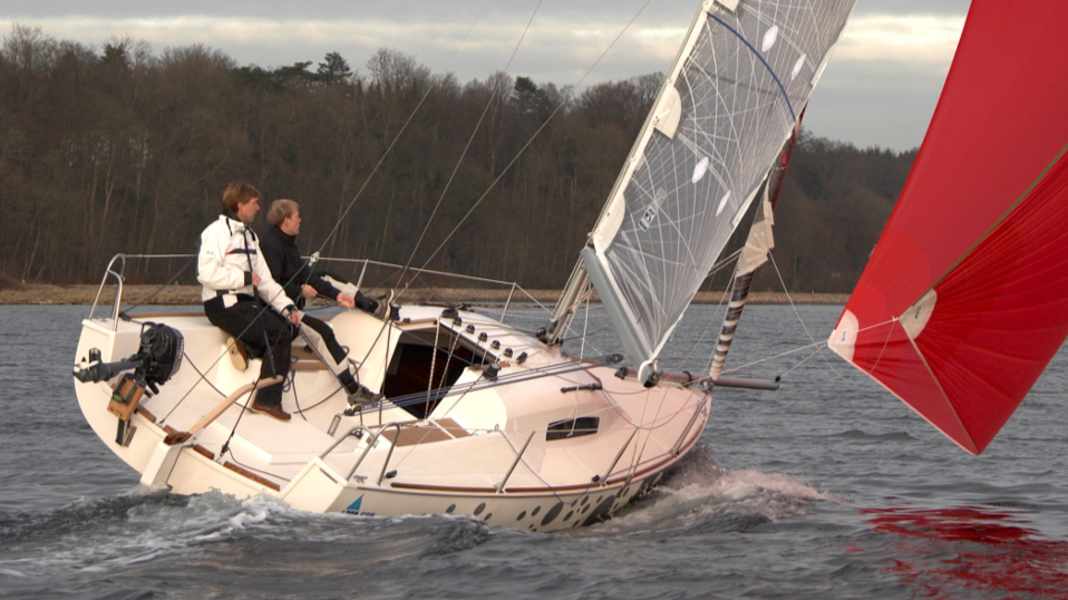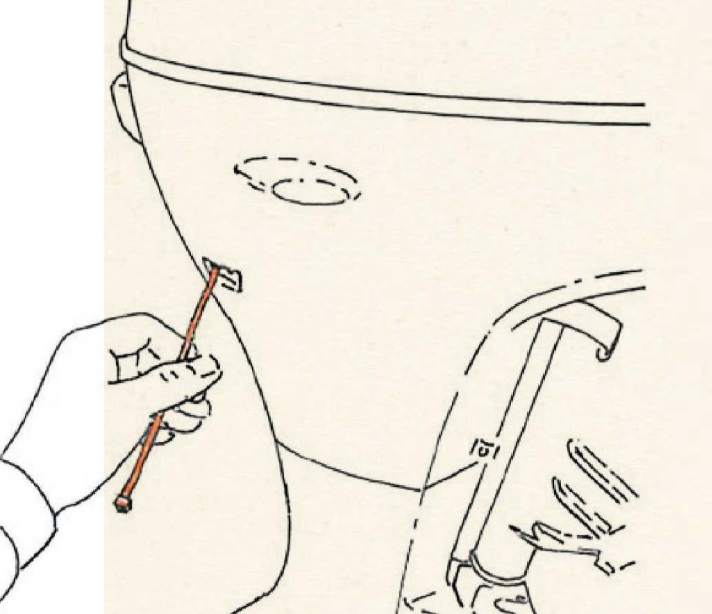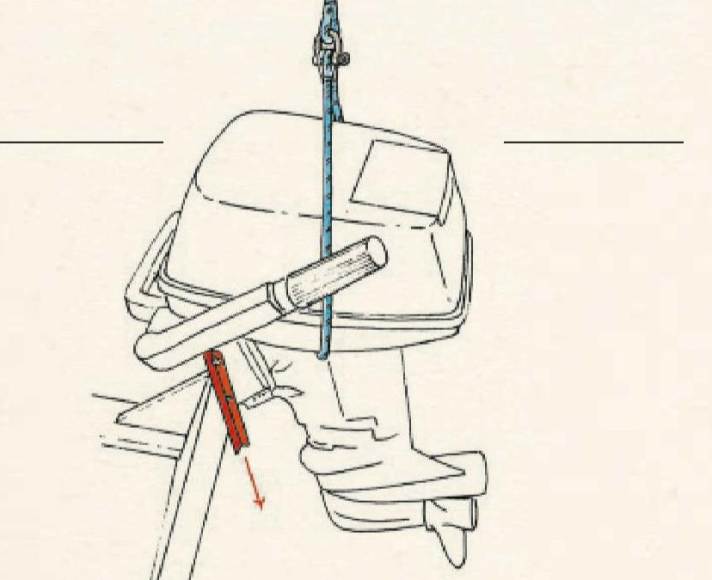
Outboard lifehack 1: Water march! How to free the secondary exhaust gently and easily

If the outboard motor's control jet is weak or no water comes out of the outlet at all, the diagnosis is usually a defective impeller. In our experience, however, this does not necessarily have to be the case. Often only the narrow channel or hose to the outlet of the control jet is blocked. Our first port of call is therefore a thin cable tie. With its help, you can simply pierce the channel from the outside and free it from slight blockages. Unlike wires or screwdrivers, there is no risk of damaging the powder coating of the outboard motor with a cable tie. The flexible material can be easily inserted into the opening and is just strong enough to clear the usual blockages. We only check the impeller of the cooling water pump for damage if the free drilling remains ineffective.
Bernhard Uhrmeister, Hanover
Outboard lifehack 2: One-handed threader for assembly

The four-stroke engine is very heavy for one person, so I lower the outboard with a halyard deflected over the boom cam. In swell, threading the engine mount is an extremely difficult task. To make it easier, I screwed two 24-centimetre-long aluminium angle profiles to the motor mount, extending the mount downwards by eleven centimetres. On the mirror side, the profiles are flush with the bracket.
Erich Bichlbauer, Vienna
Outboard lifehack 3: All-weather jacket with 5 hp

The dinghy outboard is attached to the pushpit on our yacht. We wanted to buy a cover to protect it from the weather. Instead, however, we opted for the do-it-yourself solution, as we had a discarded oilskin jacket to hand. The bad weather clothing had become leaky at the arms over the years, so these and the collar were quickly cut off and sewn shut. Part of the Velcro fastening was retained to make it easier to pull over. The cord at the bottom hem proved to be practical for securing the cover to the engine.
Peter Schütt, Rodenbach
Outboard lifehack 4: Practical hand truck - Skippers Hackenporsche

A hand truck can be modified for safe transport and subsequent storage of the outboard motor with little effort. A wooden block is provided with a longitudinal groove matching the fin and screwed onto the storage surface between the wheels. Another board is mounted on the back of the cart to which the clamping screws of the motor transom mount can be fixed. This ensures that the motor stands securely on the trolley and can be easily moved to the place of use.
Sascha Jakubowski, by e-mail
Do you have any advice for other sailors?
We will honour the publication of your lifehack with 50 euros. Please add photos or sketches. We also need your address so that we can send you a crossed cheque.
Submissions to: Editorial office YACHT, Quartier O, Paul-Dessau-Straße 8, 22761 Hamburg; or: mail@yacht.de
